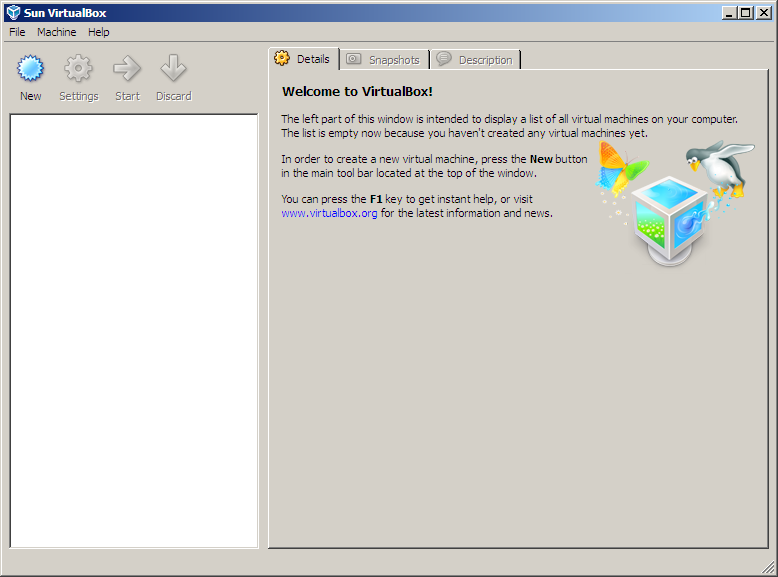

- Virtualbox for chrome os how to#
- Virtualbox for chrome os install#
- Virtualbox for chrome os android#
Here they all are in Chrome OS’s app launcher, post-installation and prior to me doing icon re-ordering and grouping into folders (you’ll have to take my word that they all ran fine I didn’t snag even more screenshots to prove the point):

Microsoft Office suite competitor LibreOffice:
Virtualbox for chrome os install#
Speaking of which, and following Corbin Davenport’s instructions, here’s what it looks like to install the powerful image editor GIMP (the GNU Image Manipulation Program) via Flatpak:
Virtualbox for chrome os how to#
Step one is to “turn on” Linux support in the Chrome OS settings:Īnd here’s how to subsequently uninstall the Linux VM (in the process removing all Linux applications that you’ve subsequently also installed):Īs you see, the primary user interface to the foundation Linux virtual machine is command line (terminal)-based, although GUI-based Linux applications are supported. A previous open-source approach to running Linux on Chrome OS, called Crouton, leverages the chroot command and is still available, but for perhaps obvious reasons the “official” Google-developed Linux support in Chrome OS 69 and beyond gets my nod. Note that this is a Linux virtual machine running on top of Chrome OS (also based on Linux … but I digress), not a native Linux boot, therefore with requisite performance impacts, incomplete and otherwise imperfect hardware support, and other shortcomings.
Virtualbox for chrome os android#
Of particular help here was an article published on Android Police written by Corbin Davenport I more broadly commend the entire series to your attention. However, I also commented “these are apps originally intended for use on comparatively resource-poor smartphones and tablets.” While they may have “light memory and CPU horsepower demands (versus, say, a full-blown macOS or Windows app equivalent),” this means that they also tend to be feature-deficient compared to a full-blown macOS or Windows app equivalent.Īs a result, I’ve expanded my testing to include the Linux virtual machine (referred to by Google as the Crostini project) that was added to Chrome OS’s stable channel beginning with version 69. In my most recent writeup, I discussed how the ability to run Android apps on top of Chrome OS significantly enhanced its viability as a mainstream operating system alternative. non-Windows or –macOS-based) computing platforms, regular readers may remember that I’ve so far published two posts on my experiences using a Chrome OS-based Google Pixelbook (its predecessor, a Toshiba Chromebedition, still doesn’t have long-promised Android support, by the way … and if you’d like to follow in my footsteps, Pixelbook refurbs are on sale at Best Buy). As part of my ongoing quest to assess the feasibility of alternative (i.e.


 0 kommentar(er)
0 kommentar(er)
